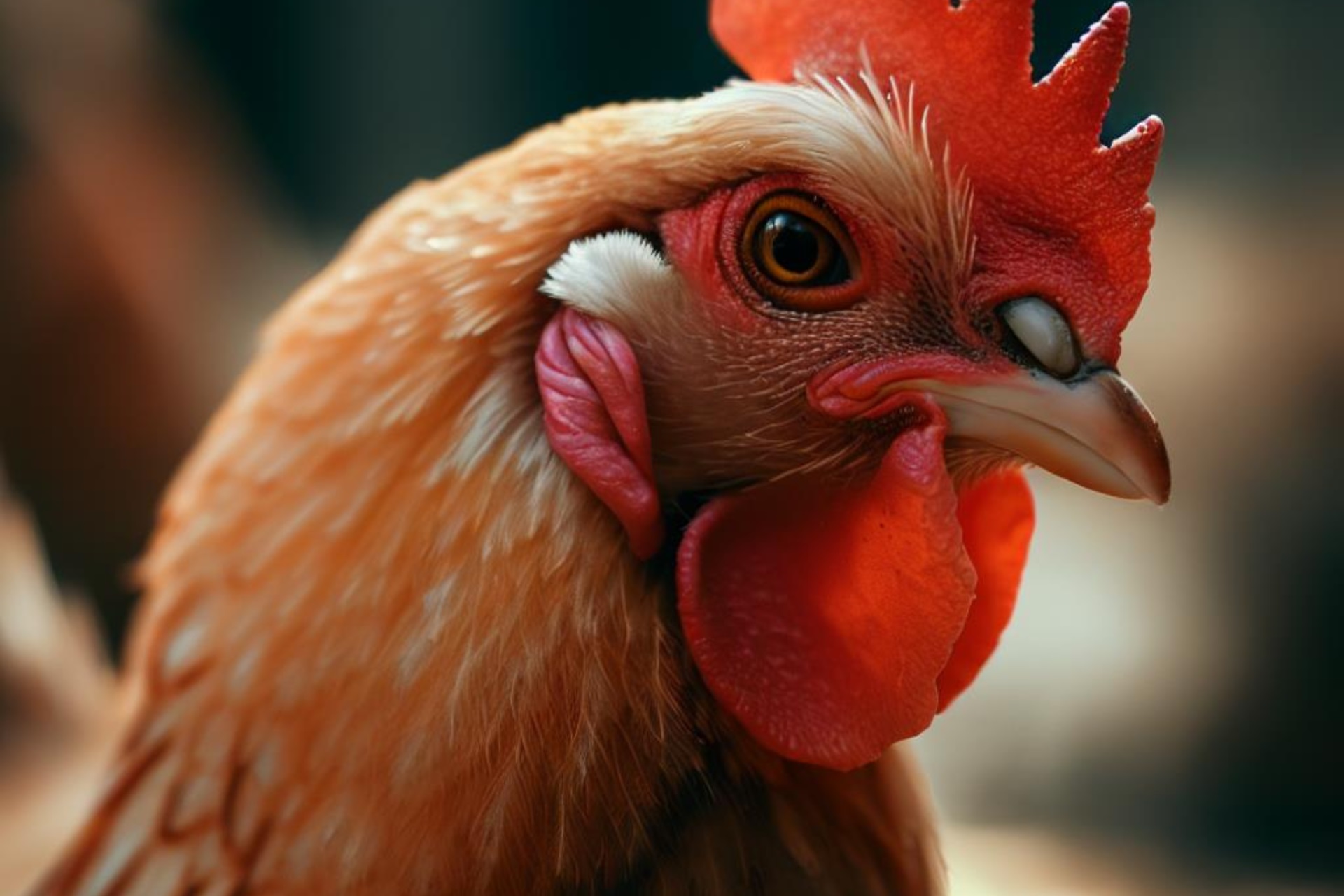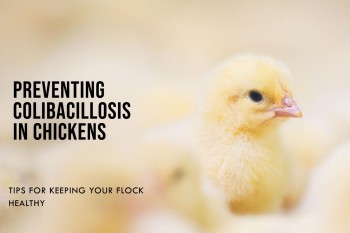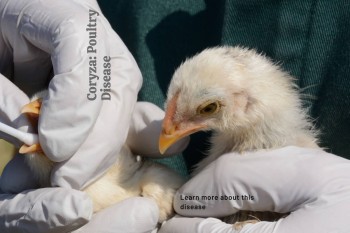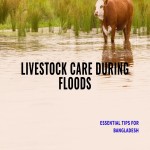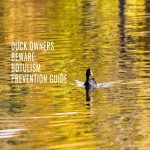🐔 SEPTICEMIA AND AIRSACCULITIS: Understanding
the Causes and Impact 🐣
Etiology 🧪
Pathogenic strains of E. coli, combined with primary
immunosuppressive factors and respiratory viral infections, contribute to the
development of septicemia and air sacculitis in poultry.
Occurrence and Economic Significance 💰
Septicemia and air sacculitis resulting from E. coli
infection have significant economic implications. They lead to decreased growth
rates, poor feed conversion efficiency, and elevated flock mortality. Infection
during the rearing period can also negatively impact the subsequent performance
of commercial laying and breeding stock. Flocks affected by vertically
transmitted or acquired mycoplasmosis are especially vulnerable to E. coli
airsacculitis. Additionally, diets contaminated with aflatoxins or containing
free radicals resulting from lipid peroxidation can cause immunosuppression,
increasing susceptibility to E. coli infection.
Transmission 🚰
The introduction of E. coli onto poultry farms is often
through contaminated drinking water. High levels of infection can occur when
routine decontamination of housing, equipment, and drinking systems is
neglected. Immunosuppressive and respiratory viruses, which precipitate E. coli
infection, can be transmitted through direct and indirect contact, particularly
in multi-age farms or where biosecurity measures are inadequate.
Clinical Signs 🩺
• Morbidity rates of up to 10% can be observed during the 10
to 40-day period.
• In immunosuppressed broiler flocks exposed to
environmental stress and previous viral respiratory pathogens and
mycoplasmosis, mortality rates may reach 50%.
Pathology 🧬
• Pulmonary congestion
• Enlargement of the spleen and liver
• Generalized venous congestion
• Perihepatitis
• Pericarditis
• Peritonitis
• Bursal atrophy, often indicating previous exposure to
infectious bursal disease virus (IBDV)
• Birds that survive acute airsacculitis may experience
stunted growth.
• Caseous exudate in the air sacs, often accompanied by
peritonitis
Diagnosis 🧪
Isolation, identification, and serotyping of E. coli can be
performed from heart blood, perivisceral exudate, and liver tissue samples.
Treatment 💊
Administration of water-soluble furazolidone, sulfonamides,
and fluoroquinolones (where permitted) can help suppress mortality rates.
Prevention 🛡️
To prevent E. coli infection and its consequences, the following
measures are recommended:
• Chlorination of drinking water to 2 ppm
• Installation of closed (nipple) drinking systems
• Addressing managemental deficiencies and minimizing
environmental stress factors
• Implementing appropriate vaccination programs to prevent
immunosuppressive and respiratory viral diseases
• Vaccination of breeders with commercial metapneumovirus
vaccines
• Control of infectious bursal disease (IBD), Newcastle
disease (ND), and infectious bronchitis (IB) through vaccination and improved
flock management
• Provision of chlorinated drinking water to reduce losses
🐣 Understanding the
intricate details of septicemia and airsacculitis in poultry is crucial for
ensuring the health and productivity of flocks. By implementing effective prevention
and treatment strategies, farmers can safeguard their poultry operations and
minimize economic losses. 🐔

